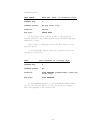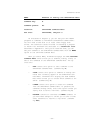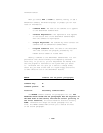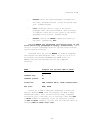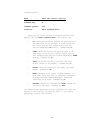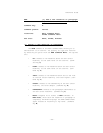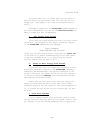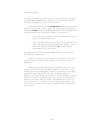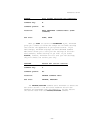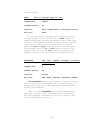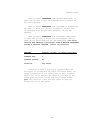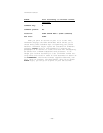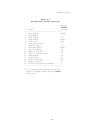
Reference Guide
An outline must fit on a single disk. You can store as
many outlines, on a hard disk as will fit, but only one on a
floppy disk. (See Chapter 5 for a way of circumventing this
limit.)
ThinkTank’s response to the FILES/NEW command depends on
your disk configuration. You can use the UTILITIES/DISK com—
mand to change your disk configuration.
1. Two Floppy Disk Drives
If you have two floppy disk drives and do not have a hard
disk drive, the procedure is very simple. ThinkTank responds
to the FILES/NEW command with the message:
PRESS (SPAcEBAR)
AFTER INSERTING DISK IN DRIVE2
Insert your new data disk in Drive 2 and press the space bar.
If the disk is not blank, ThinkTank gives you one last chance
to save the information on it. It creates the new outline
once you confirm that you want to do so.
2. Three or More Floppy Disk Drives
If you have more than two floppy disk drives but no hard
disk drive, ThinkTank responds to the FILES/NEW command by
displaying the NEW FILE Menu. The options correspond to the
drives on which you can create the new outline. The procedure
is similar to selecting SPECIFY from the EXISTING FILE Menu
when opening an existing outline.
Insert your new data disk in the drive you choose and
select the drive from the menu. If the disk is not blank,
ThinkTank gives you one last chance to save the information on
it. It creates the new outline once you confirm that you want
to do so.
3. Hard Disk Systems
If your computer system has a hard disk, you may create
the new outline on any disk drive on your system, hard or flop-
py. However, if you are running ThinkTank from a floppy disk,
—163—



